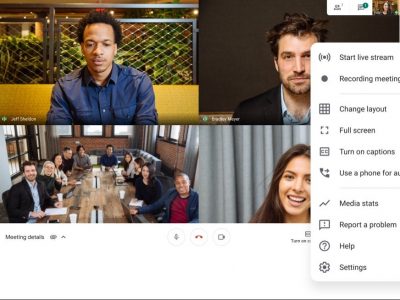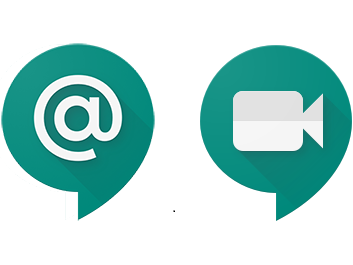Google for Education is evidence alone of the giants commitment to education. Google Meet is more a commitment to communication and video conferencing the most fiercely competitive arena. With both Microsoft and Google, and “best-in-show” competition. (Is a borrowed best-in-show outlining a product that does one thing, really really well.)
Is the hefty development of Google Meet solely educational? Of course not. It would be naive to think so. However there are a number of features listed in the publicly announced (if not committed to) Upcoming G Suite releases page that have educational benefits. Some make a difference to the pedagogy and learning, a few are just nice-to-have’s. Most will be available to schools, some will require a little more financial commitment from them.
Here is the current in-development list in an arbitrary teaching influence.
- More host control (muting, presenting, invite-only, and more).
- Google Meet Breakout rooms – this is a key feature for teaching IMHO. It will be interesting to see how the workflow is conceived.
- Google Meet Hand raise in meeting – currently achieved with Chrome Extension Nod. But this fundamentally changes a way a Meet operates and learners engage. “Live – checking for understanding.”
- Google Meet Polling and Q&A capabilities. The next step up from “Hand-raise.” .
- Google Meet Digital whiteboarding – currently achievable with a combination of Meet and Jamboard but welcomed. More important for some subjects than others. Linking to form factor and Universal Stylus Initiative, or USI.
- Blur the background or replace it with an image or video on mobile.
- Google Meet Cloud noise cancellation will intelligently filter audio for more effective meetings. Paid option?
- Google Meet Low light mode. Nice-to-have.
Again, as always, I will underline, it is the workflow of G Suite, of Meet and Chat, of Meet and Google Classroom, of Meet and gmail… Meet and Calendar. Broadcasting options… Record to Drive. that makes “working.” so seemless.
Compare Meets development to Google Classroom. Originality reporting (think Turnitin) to identify missed citations, poor paraphrasing, or possible plagiarism is a significant tool, especially for FE and HE recently launched. That solely leaves Grade export to the MIS – equally valuable.
From the comparison, I think we can see where Google’s priorities lie and understandably so.
Next on my inquiries. Google Voice as telephony solution. Are there any schools out there using it? Bringing business practices into schools – eg “Ring groups” in development.


